The voices of birds: a greening of lockdown
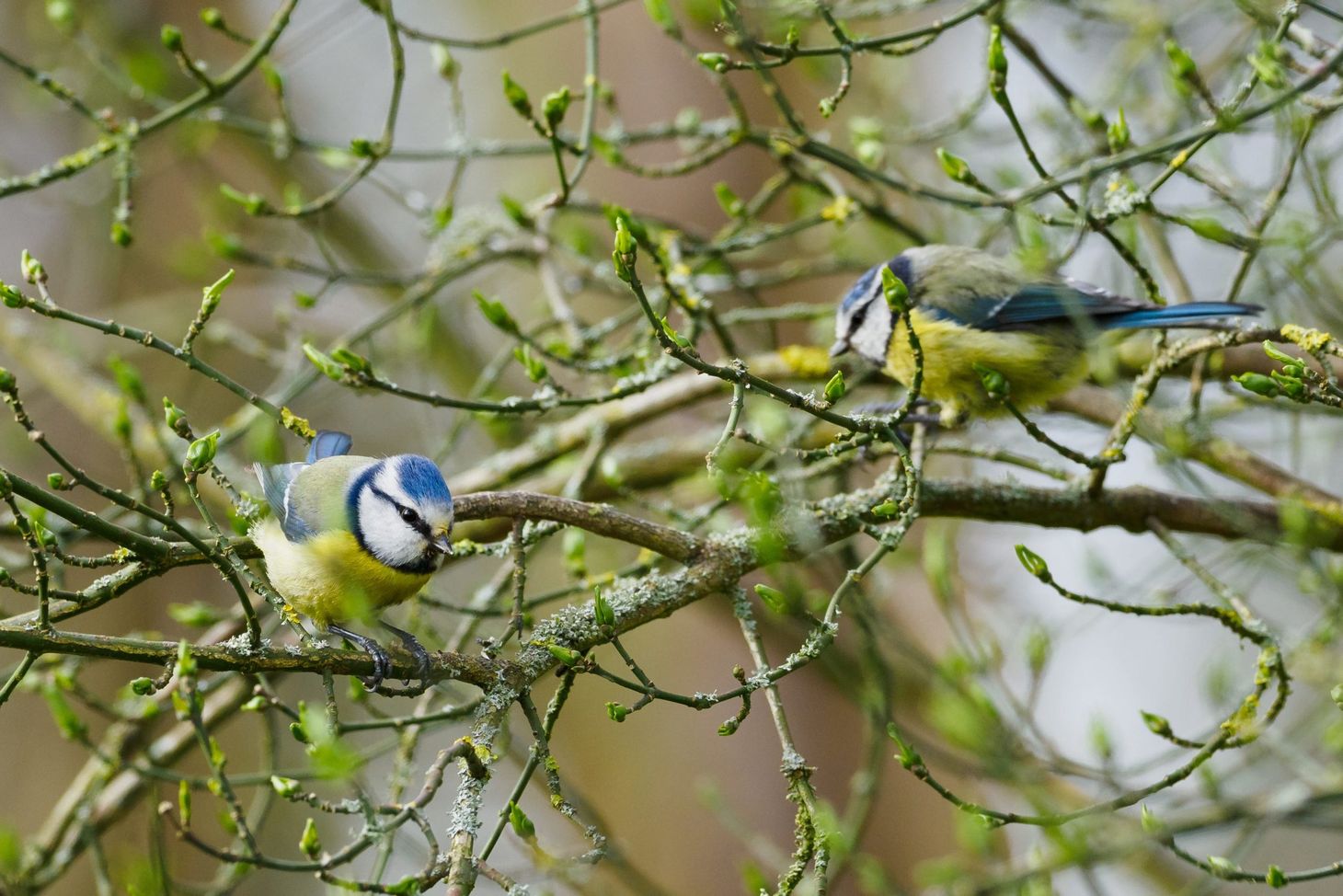
Lockdown has brought many hardships, but for some of us it has created the chance to build a closer relationship with the wildlife all around us. Here’s what lockdown has meant to me.
That we live in strange times is so self-evidently true that the phrase itself has become a meme. As I write this, the UK has been in lockdown due to the COVID-19 crisis for 48 days. While tens of thousands of people have died, thousands more have lost their jobs and are facing an uncertain future, and even the luckiest amongst us are going through anxiety and disruption, unexpected beauty is often to be found even in the darkest of times.
I’m one of the lucky ones, so I won’t lecture you on silver linings or looking on the bright side, but I will say this: it is a time when more of us are coming into closer contact with the natural world all around us, and that’s a beautiful thing. This year the fleeting mayglow is more precious, somehow, than it has been for a long time.
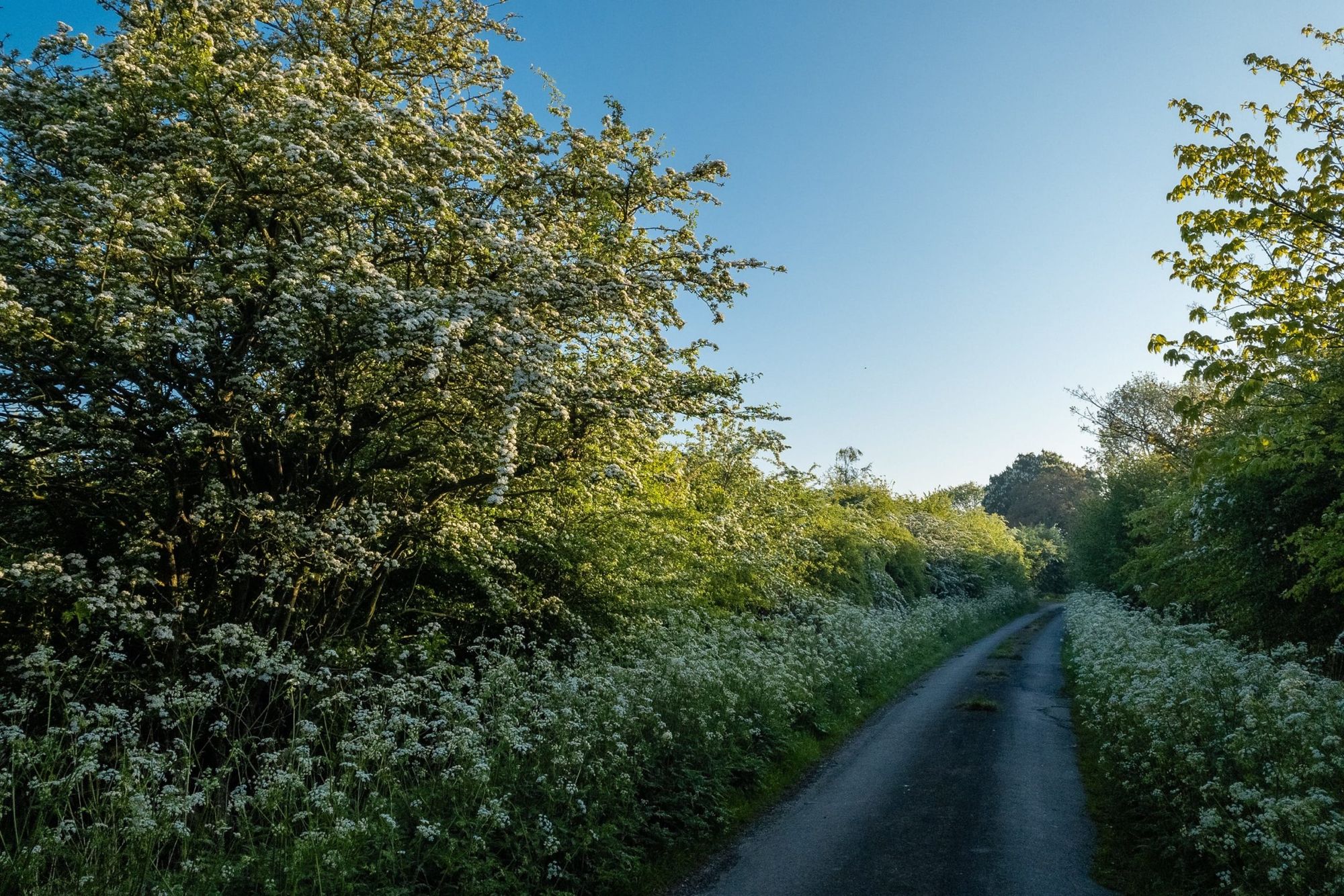
Daily exercise
When lockdown began, something curious happened. Government guidelines on exercise were vague, and people interpreted them in different ways, but (anecdotally, at least) many people noticed an increase in outdoor recreation in their local area. In the last month I have seen more walkers, joggers, runners and cyclists out enjoying the Lincolnshire countryside around my home village than I usually see in several years. On social media, I’ve noticed other people mentioning the same phenomenon.
Perhaps the official hint that one form of exercise per day was allowed has been interpreted as ‘you must exercise once per day’. Or has isolation made people remember what some of us had, understandably, forgotten in the busyness of life Before – that spending time under the open sky is a necessity? For many, that urgent need was perhaps easily masked by the walk down the street to the shops, or even by ten minutes spent waiting on the train platform in the bracing wind of a February afternoon in Sheffield, but it’s different now, isn’t it? We instinctively feel the lack. Walls of so many new and terrifying kinds constrain us. Even when more important worries and anxieties overwhelm us – and God knows there are many right now – tidal forces act on our minds and bodies, compelling us to seek time outside. Any kind of time.
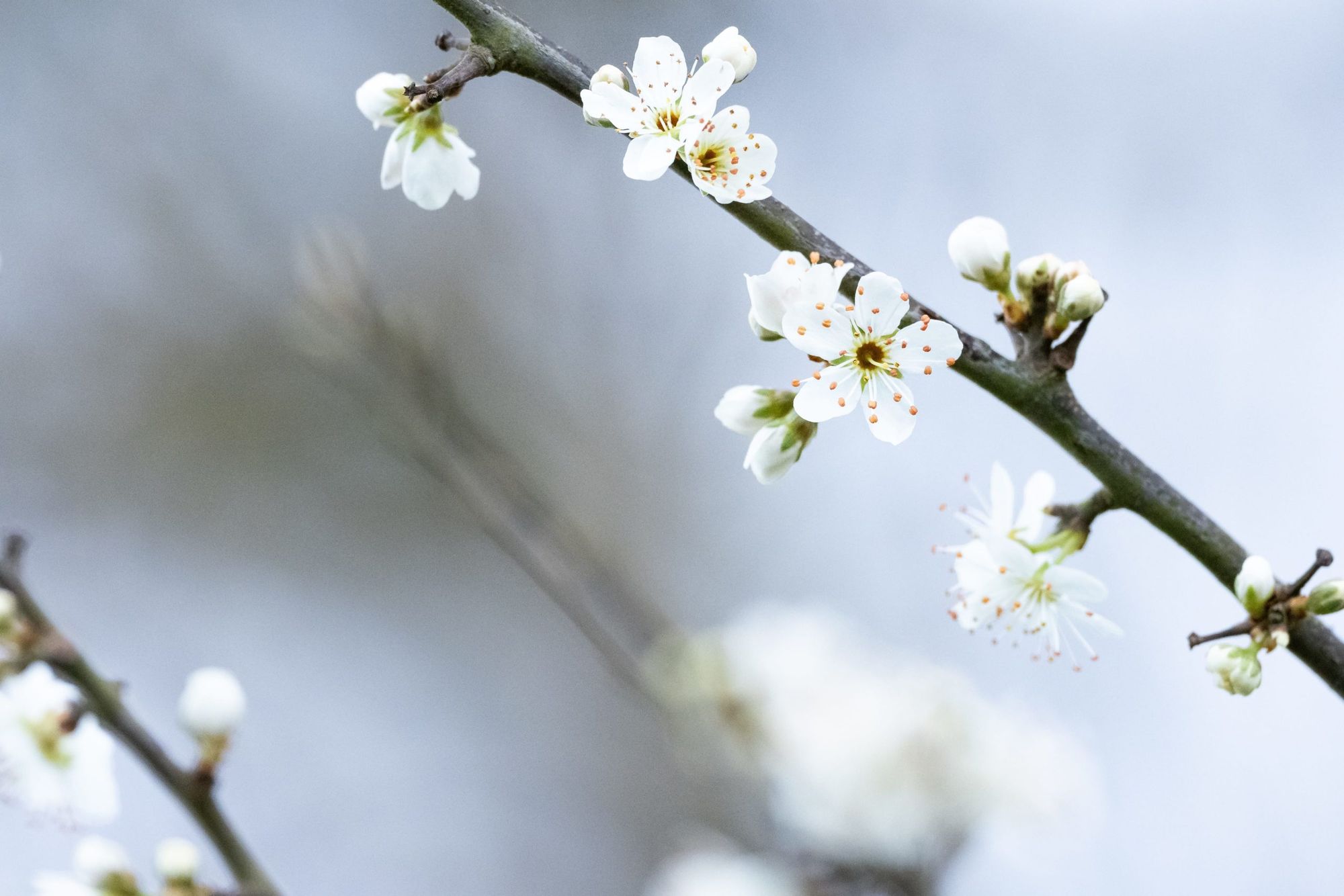
And so we fit our formless hunger into the shape presented to us – the daily walk/run/cycle. Those of us who live in cities are doing laps of the block, walking under trees that are bursting into leaf, perhaps gravitating to the local park if it hasn’t been shut by the police. Rural lockdown makes finding fresh air and green spaces far easier, of course, and it’s in times like this that I’m more grateful than ever for the woods, meadows and public footpaths accessible from my front door.
I’m certain that many people will be experiencing their immediate surroundings in an entirely new way. They’ll be setting out on foot with no economic incentive, no capitalism-approved purpose, just the simple desire to go for a leg-stretch and a reset. Even passionate hillwalkers may never have walked the footpaths in their local area because these trods felt too ordinary. People are becoming more grounded, more embedded, in their own immediate physical surroundings.
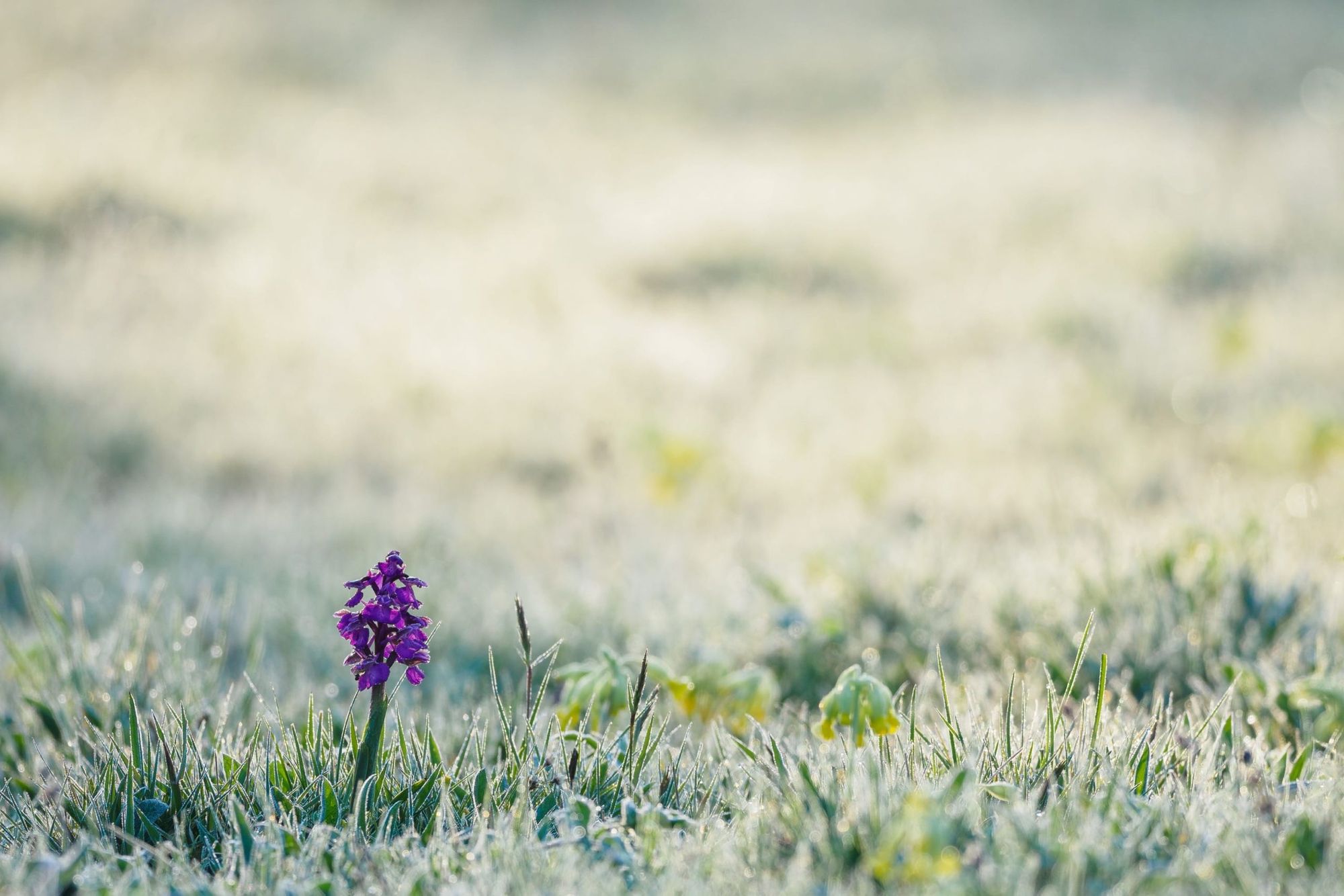
At the same time as more of us are experiencing our environments in a new way, we are going through a process of grief and radical change. Everything is in flux. Previously held truths are crumbling around us. Veils are being torn away. Planned futures are evaporating. We stare into the impenetrable thicket of time and we imagine the lions and tigers and bears.
But the thing about an unfeeling universe is that it isn’t all, or even mostly, about us. Many of us have been rediscovering to our delight that life is still going on all around, and that non-human beings, wild communities, natural processes, can be a solace – even provide a sense of purpose.
I am not alone in having been through a process of rediscovery during the time we call lockdown. This is not an original story. I am not unique, but while many pieces like this have been published over the last few weeks, this one is mine.
I’d like to tell you about the voices of birds. About finding purpose through a telephoto lens.
The forgotten voices of birds
For those of us lucky enough to be able get out for a daily dose of state-sanctioned fresh air, now is perhaps the best time since the springtime of childhood to reaquaint ourselves with the songs of birds. Not just birdsong, the anonymous background chatter we had perhaps stopped registering at all, but the voices of individuals. The improbably loud wren, the sweet song (and fierce bluster) of the robin, the minor miracle that is a song thrush proud and alone in a treetop before breakfast.
I’ve been a casual sort of birdwatcher for many years, but since lockdown descended in late March 2020 birdwatching and nature photography have become all-consuming passions. They’ve given shape and joy to my days. I’ve changed my morning pre-breakfast walk to take in a slightly different route, veering through an area of ‘unimproved’ meadow pasture and mixed woodland that was once marsh, and the difference to my usual familiar rounds through the Gunby estate has been nothing short of dramatic.
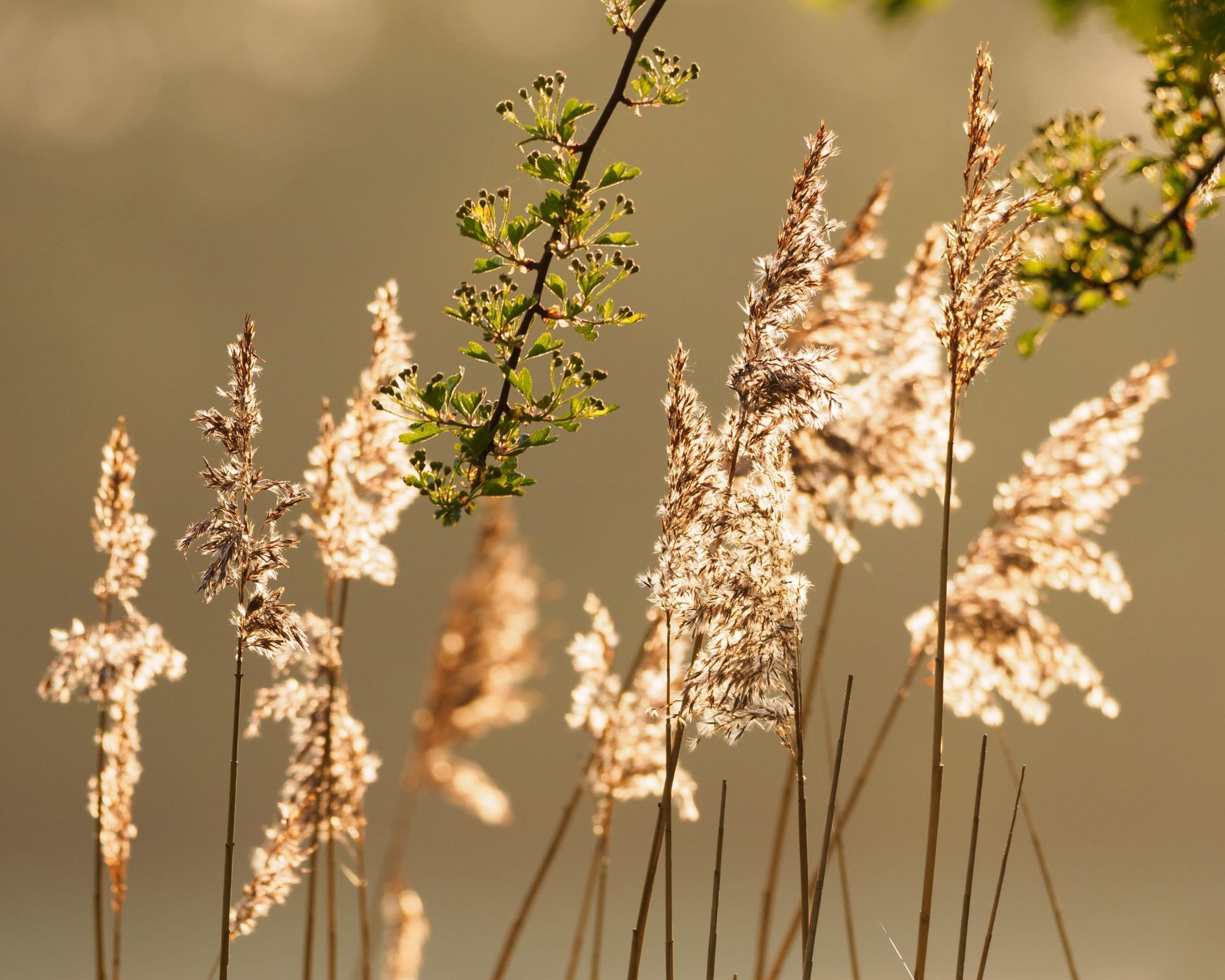
It started with the treecreeper.
The first couple of weeks of lockdown seemed unusually musical as I strolled between hedgerows just starting to unfurl. Without the ever-present hum of traffic from the bypass, a sound I only recognised by its sudden absence, the sheer volume of birdsong pouring in on me from all sides was giddying, disorienting, marvellous, borderline impossible. It was the lost dawn chorus of my childhood.
I stood there in the middle of Bratoft village at six-thirty in the morning and held my phone aloft, recording a wildtrack of pips and tweets and warbles and trills. No other sound intruded. Pure birdsong cascaded from the still air directly into my head, a treble part to the drumbeat of my heart, and perhaps that was the moment when something changed, unsnapped, inside me – or perhaps it was when I turned the corner and saw a treecreeper hopping up and down a ragged old willow overhanging the ditch to one side of the road. I’d only ever seen treecreepers in charismatic locations like Rothiemurchus forest. In my head it was a bird of myth and magic, not the mud and the grey of Lincolnshire.
I’d brought my camera and the wildlife lens along. I squeezed the shutter and took an image home to prove to my wife that I’d seen a treecreeper here in the land of tractors and wood pigeons.
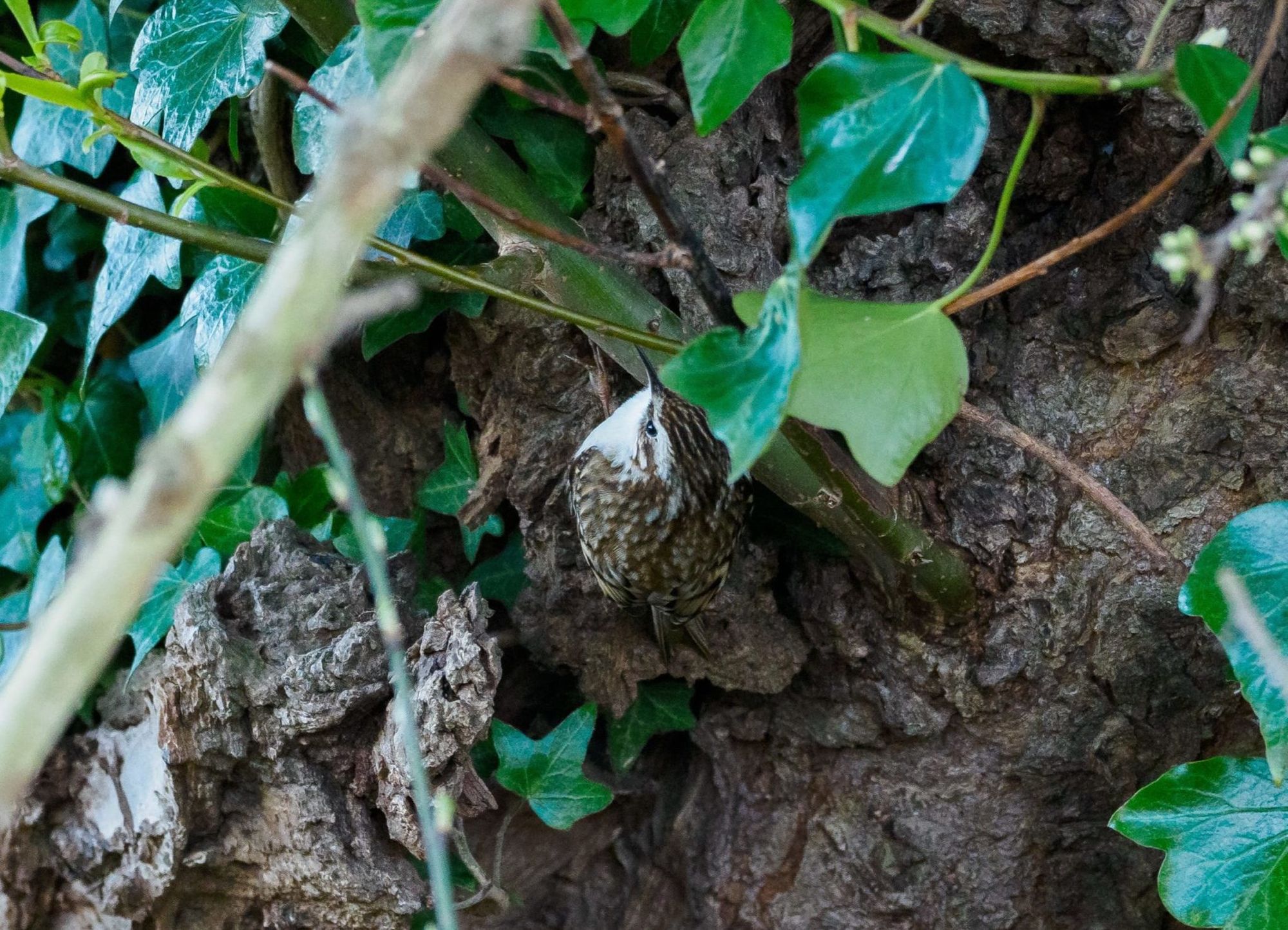
Getting to know the locals
From that moment, I started to pay a lot more attention to the individual birds I was seeing each morning on my wanderings.
There’s a kestrel that hunts on a brownfield site on the edge of the village. This scrap of land has been marked out for a housing development with white posts that the kestrel perches on, scanning the chemical-blasted stubble below for bright sparks of life. She has so far defied many attempts to capture a good image of her, but I keep trying; I see her most mornings.
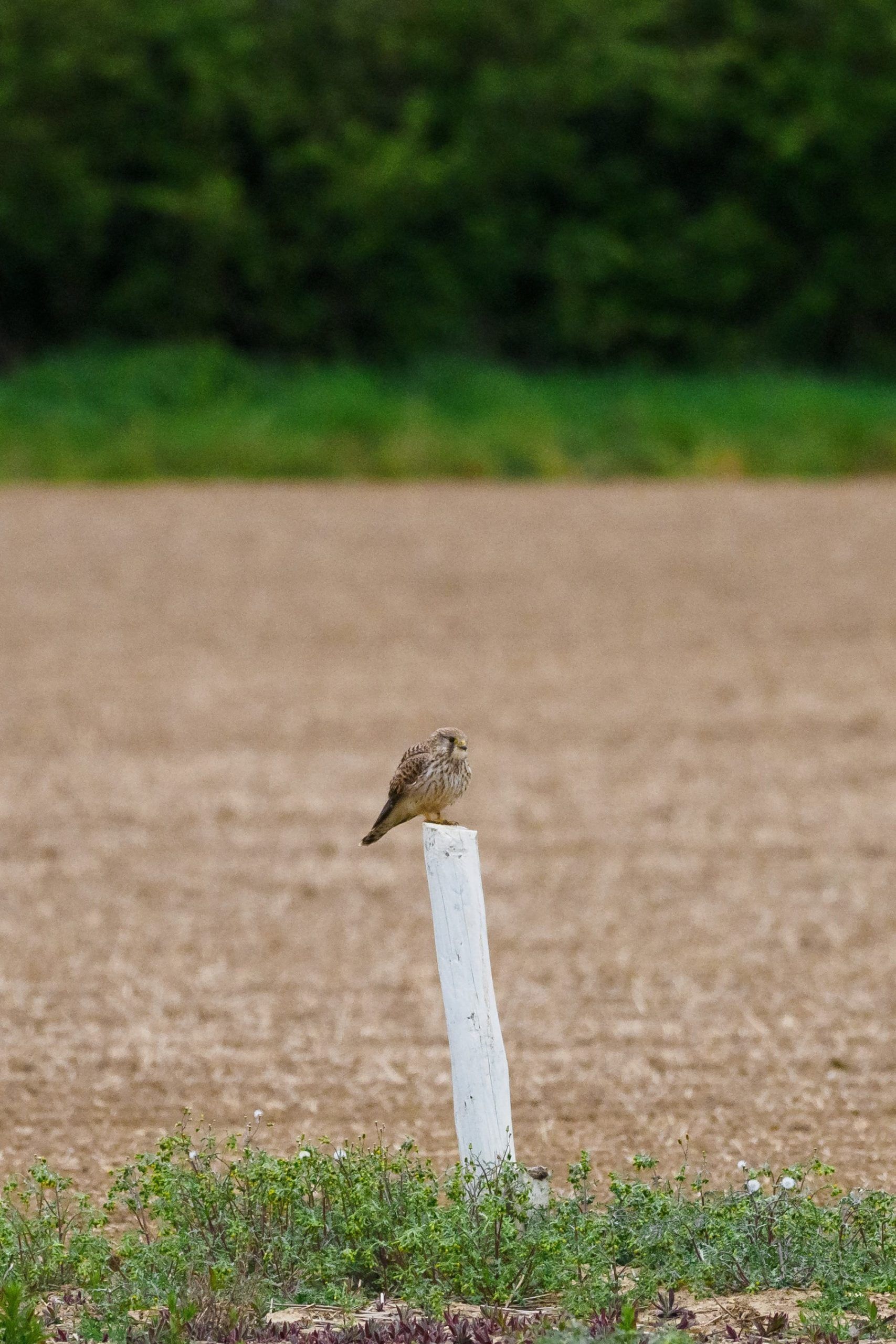
A juvenile buzzard is looking for a territory nearby. I’ve seen it several times now – once on the edge of the kestrel’s field, swooping over and over the hedgerow, back and forth, as if testing the boundaries. Once I was working in my study and felt a sense of being watched. I looked out the window and there, on the other side of the field, perched in a bare tree and looking directly at me from about three hundred metres away, I saw the same buzzard. It hasn’t been back. This isn’t the only buzzard I’ve seen in that row of trees in recent months. I suspect this territory is taken.
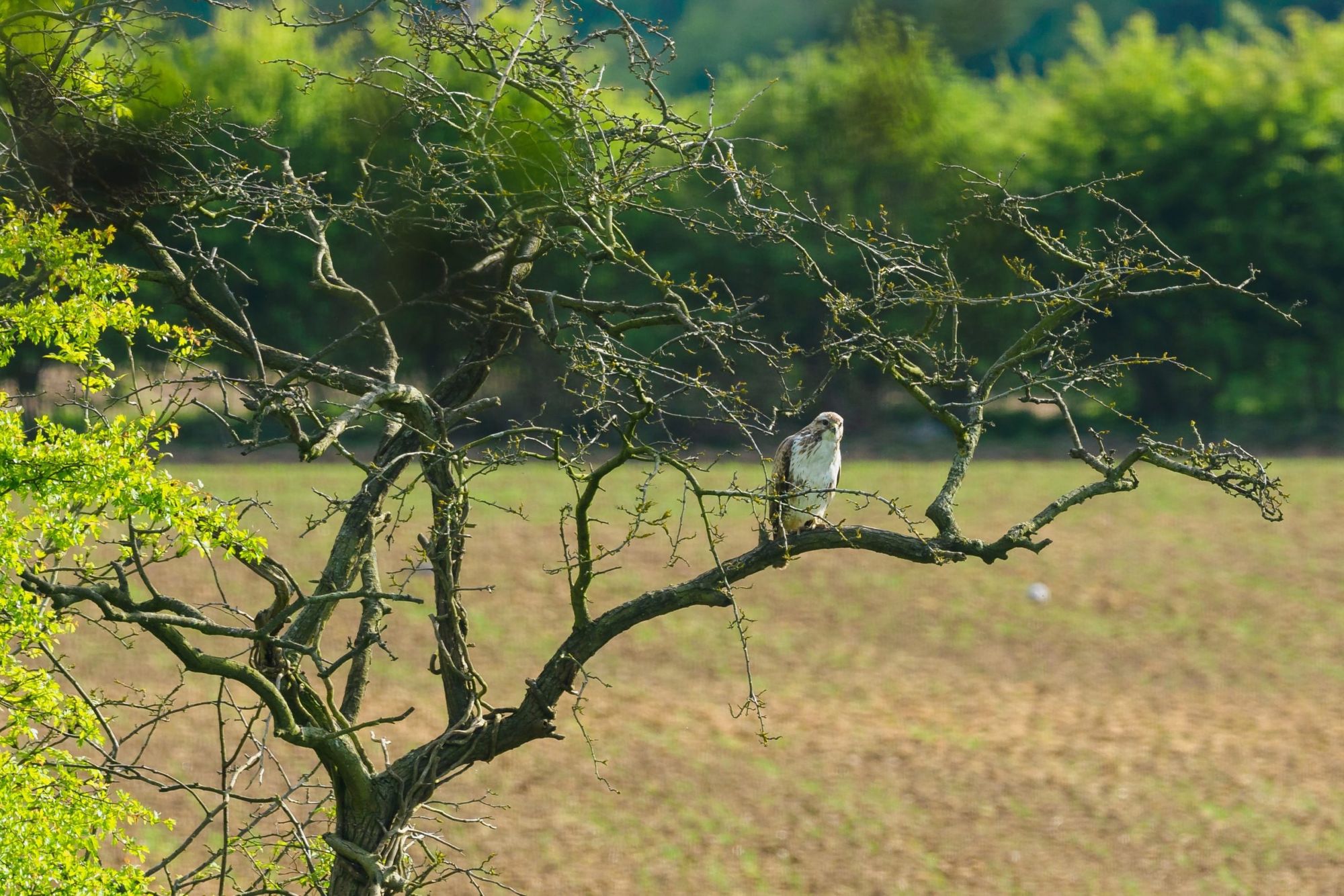
The garden chiffchaff was one of the early migrant birds to show up this spring, and one of the few birds whose song I could already identify. I spent weeks hearing but failing to see it before I finally succeeded in photographing one on 22 April.
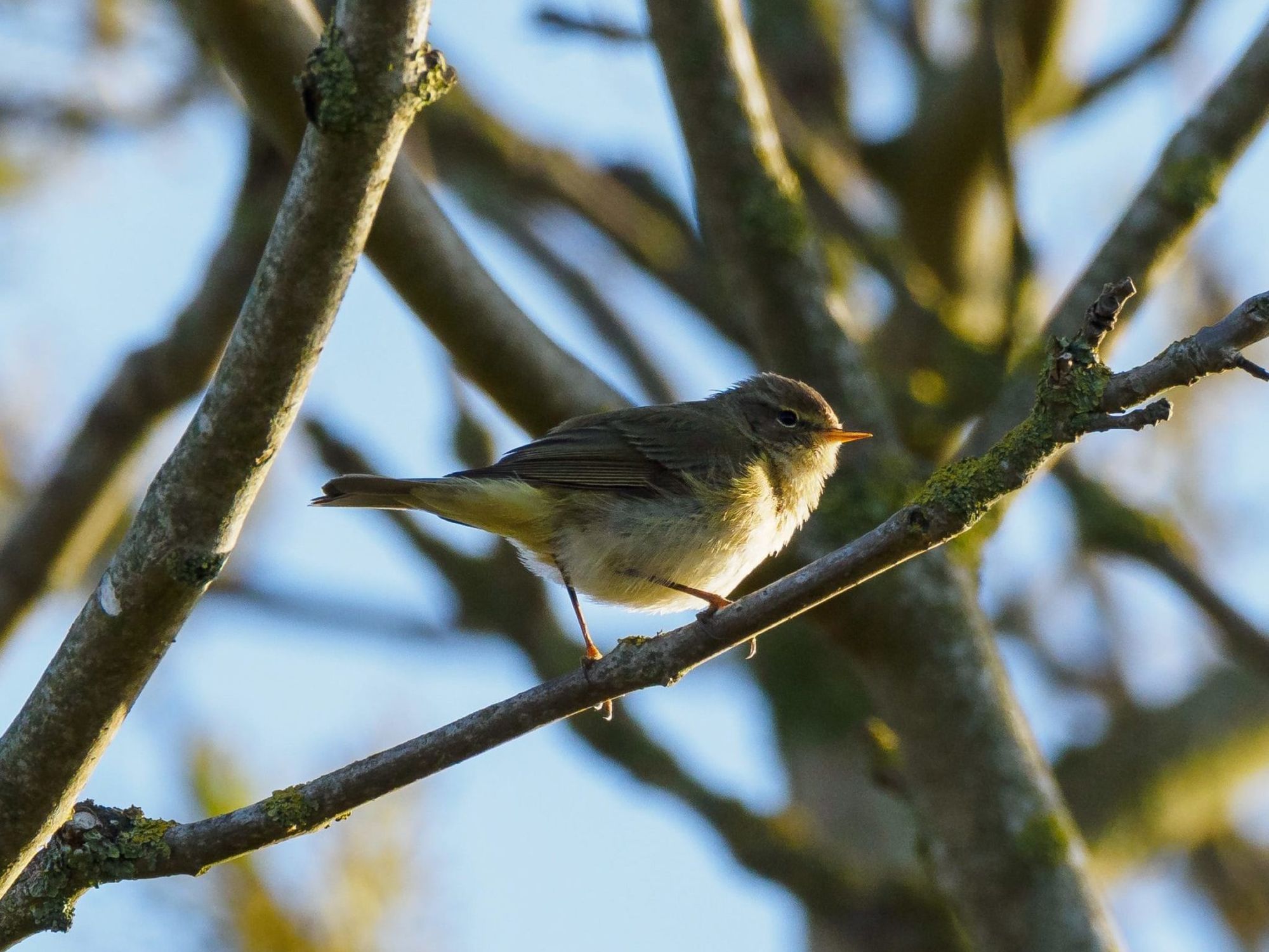
The blackcaps first drew my attention on the first day of April, when a distinctive disjointed chorus from the ivy-covered tree in the garden led me to seek out the singer through my long lens, and eventually I saw it – a timid little sprite of a bird, gone in a flash. Since learning its song, I’ve heard and then seen several blackcaps on my morning rounds. They aren’t easy to photograph.
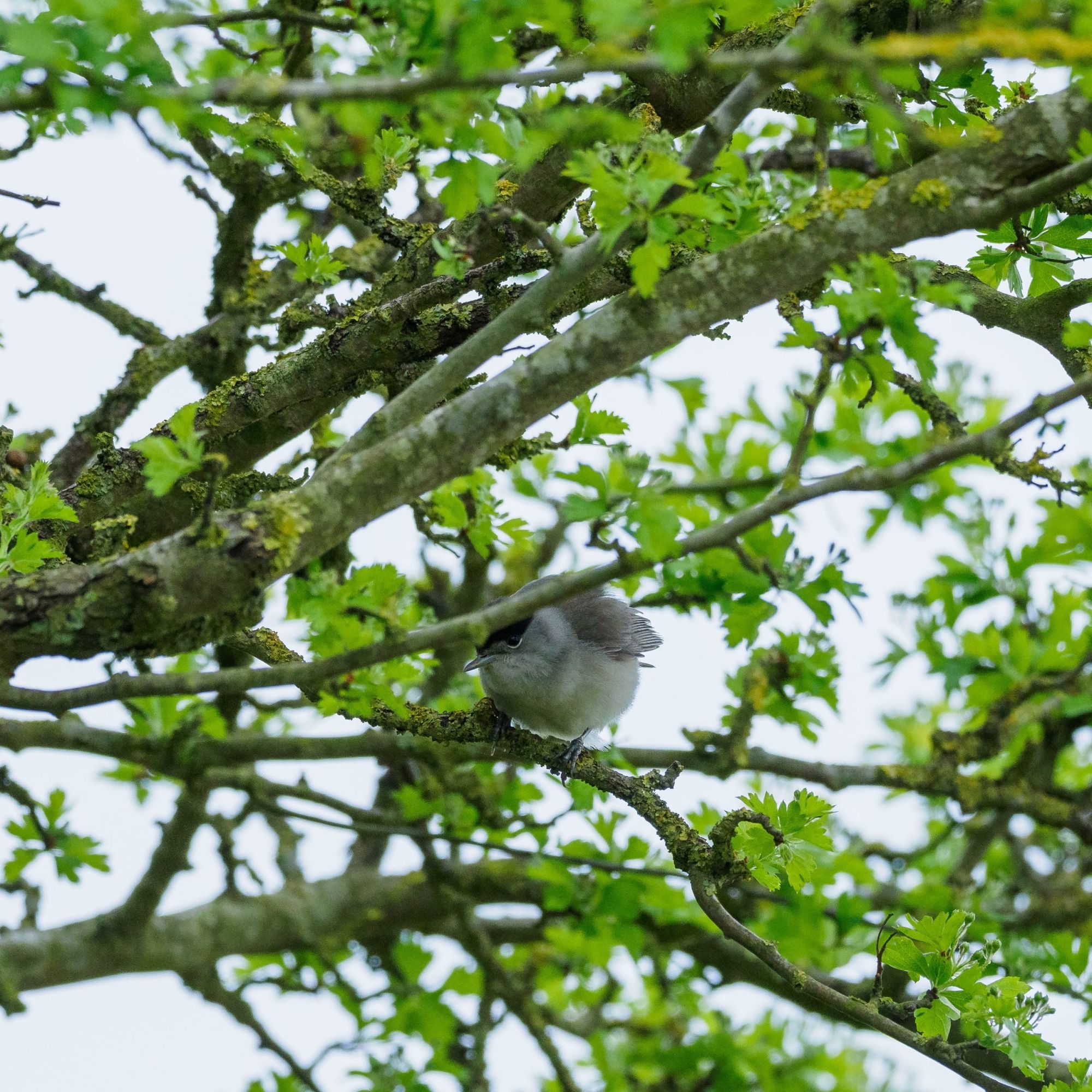
Everyone loves a barn owl, and the one I’ve been lucky to see twice so far on my morning walk is an enigma. On my first encounter it exploded into view less than four metres in front of me. I had my camera in hand, but the bird was so close, so fast, that all I managed to capture were vivid blurs of white as the ghost flitted past. I watched it soar over the meadows and away. On the second occasion it was sitting on a fence post too far away to make a good photograph, but it let me watch it for ten minutes as it watched me, half an eye on the windblown grasses below.
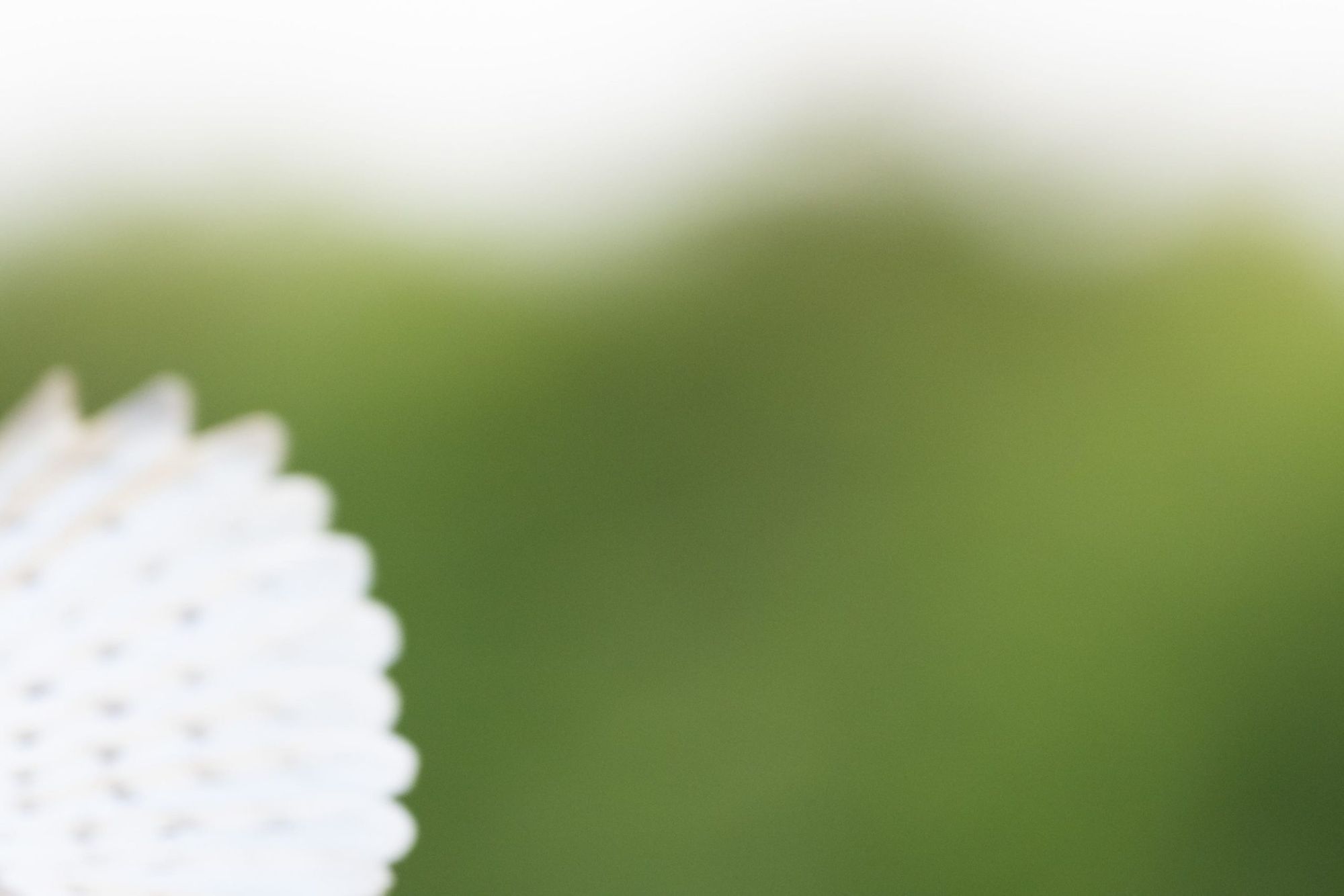
Recently it’s been all about the warblers: slender reed warblers, elegant whitethroats (it took me over a week to feel confident identifying this song, but now I can hear it everywhere), and most pleasingly of all the sedge warblers who have filled my recent mornings with an alien staccato music that somehow doesn’t sound like it belongs in our cuddly countryside. At least five or six pairs of sedge warblers are building nests in the place I now think of as warblerland. It has a different name on the map, but that doesn’t matter to the migrant birds whose home this is.
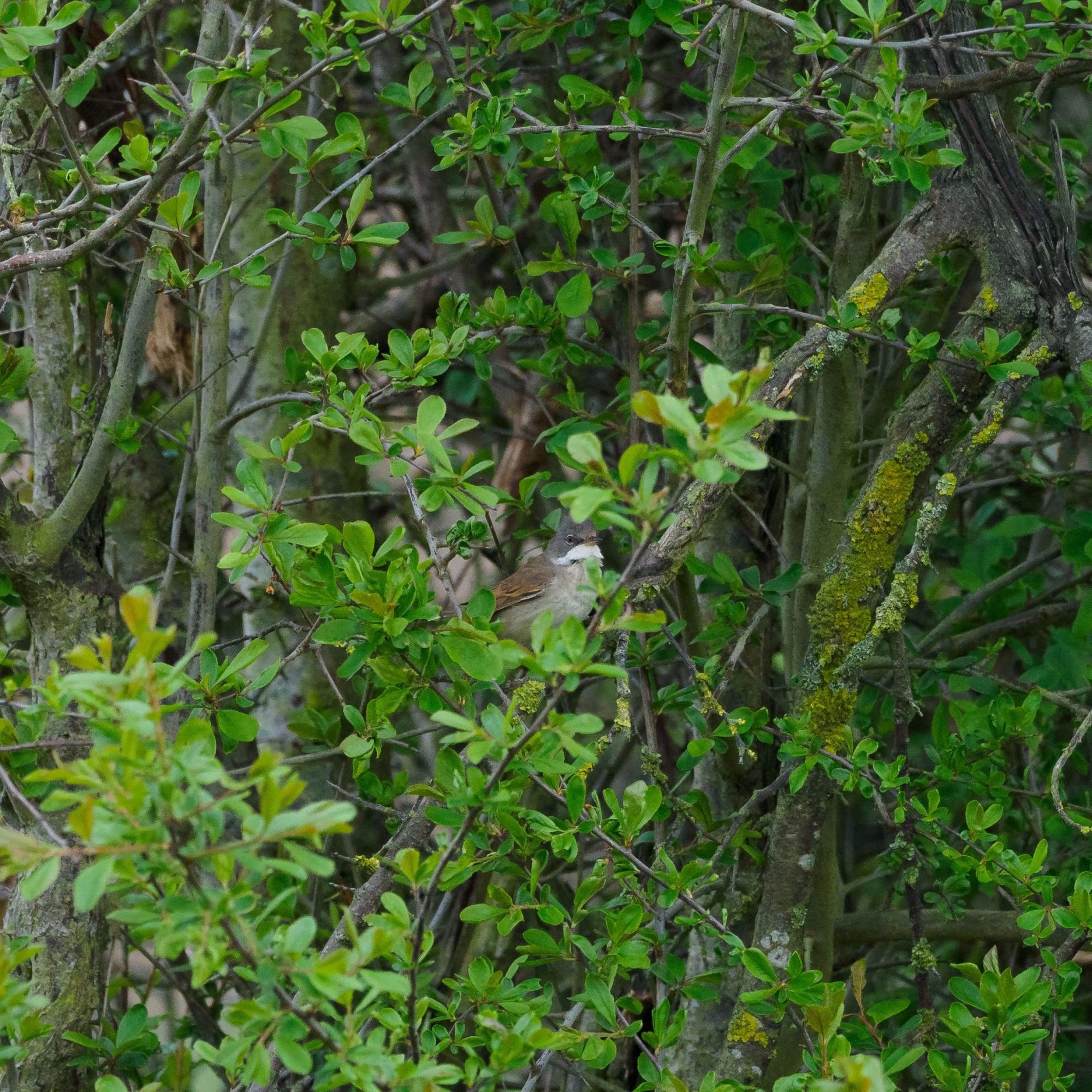
Warblerland
Warblerland is a place of enchantment – a place where the reed warblers and whitethroats sing and the barn owl watches over it all. A place of fringes and spreading edges. A subsumed bioregion that, just occasionally, seems poised to burst back through and overwhelm the human layers pasted on top of it. I can sense the ancient marsh just beneath, waiting patiently to come back and overwhelm the flimsy farmland. Cowslips and green-winged orchids push through the ground mist and add dabs of yellow and royal purple to the green. The hedgerows boil with hawthorn blossom and the verges are a haze of cow parsley. It is a dream of springtime encapsulated within the fever dream of lockdown.
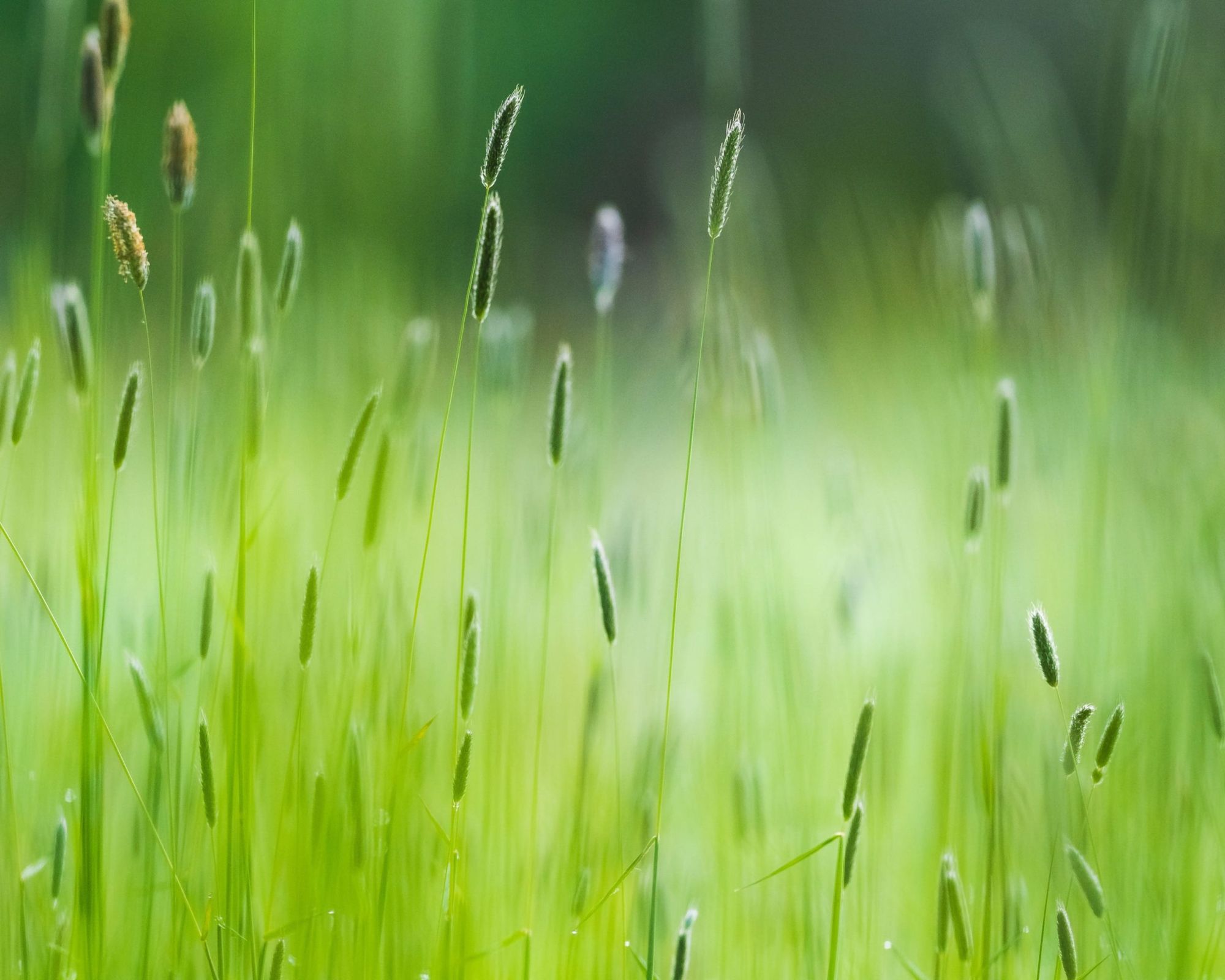
Flowers, green complexity, the sigh of reeds, the swallow snatching a fly dead in the middle of the lane ahead of me and then vanishing into the blue, and everywhere the newly individual voices of the birds I’ve come to know – that’s what lockdown has meant to me.
I don’t know if there are more birds here than usual, if lockdown has given nature a chance to bounce back, because this is the first time I’ve regularly trodden this particular path. I’m carrying my wildlife lens, too, which means that I’m in the mindset to look for wildlife. It’s also true that noticing leads to more noticing. But I am in awe of wildlife’s spring surge in warblerland and the places interlocking with it – bowled over with astonishment that boring old Lincolnshire can support such incredible wealth. Do these birds come here every year? Have I been blind and deaf until now, wrapped up in my interests about wildlife in more impressive locations far away?
This is not a perfect landscape. It’s been flattened and stripped and simplified. Something about our lockdown reality, though, has helped me to see beyond this – and I believe our new reality is helping others to get close to the nature in their own local landscapes too, helping us to feel more embodied in these places. While not everyone will be fortunate enough to have their own warblerland close by, most of us can find the joy in birdsong, and perhaps life’s strange new perspective will give us the clarity to hear it in a new way.
If you’d like to support my writing and photography, you can buy me a coffee. Thank you!
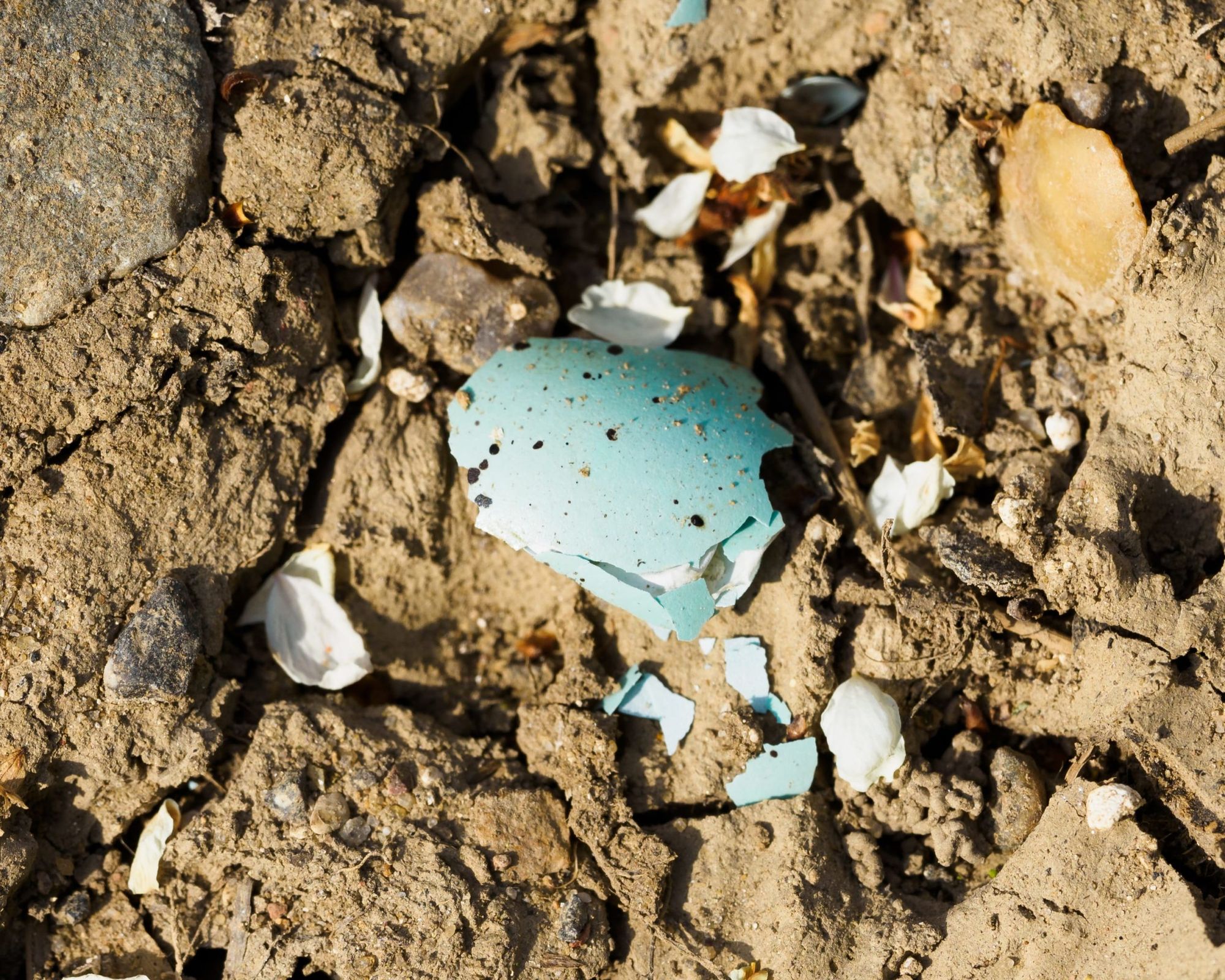
All images © Alex Roddie. All Rights Reserved. Please don’t reproduce these images without permission.
Alex Roddie Newsletter
Subscribe here to receive my occasional personal newsletter in your inbox. (For the fun stuff, please consider subscribing to Alpenglow Journal instead!)




